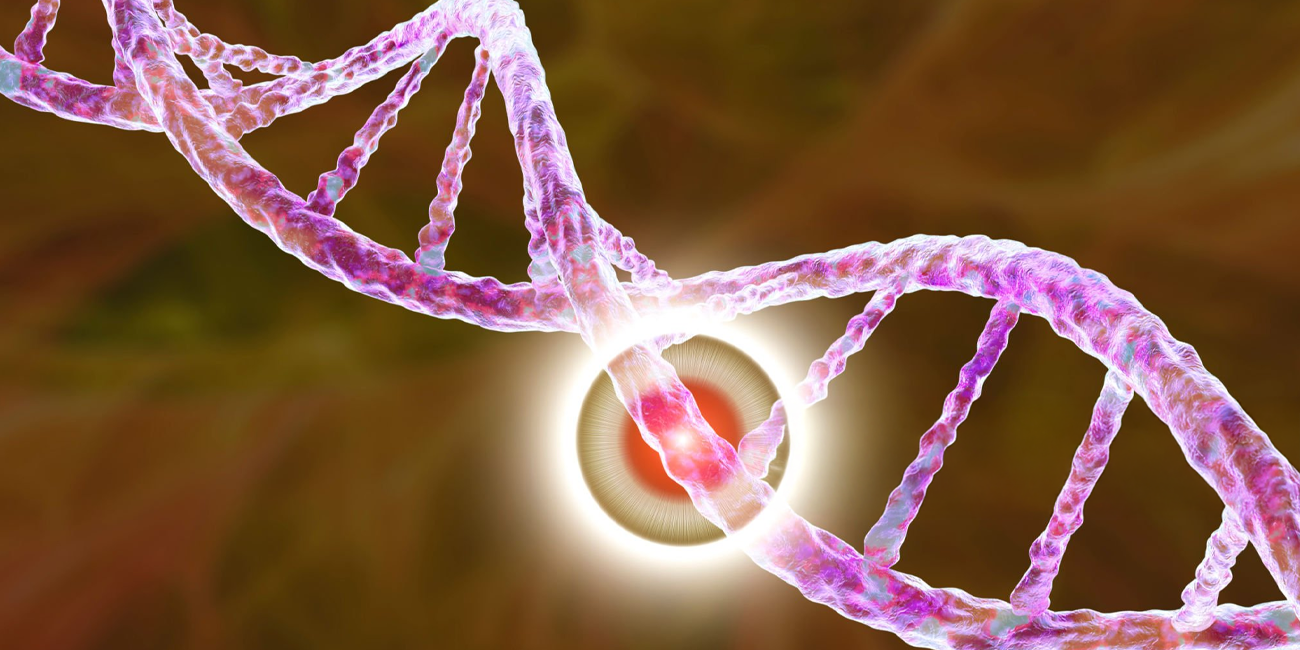
Book a Consultation
Thank you!
Your form has been sent successfully.



November 09, 2023
Lung cancer is a malignant disease that occurs due to uncontrolled growth of abnormal cells in the lung tissues. It is one of the most common and deadliest forms of cancer, primarily caused by prolonged exposure to smoking, secondhand smoke, radon gas, environmental pollutants, etc. Lung cancer can be broadly categorized into two main types based on the appearance of cancer cells under a microscope: non-small cell lung cancer (NSCLC) and small cell lung cancer.
In this blog post, we will share a comprehensive understanding of non-small cell lung cancer symptoms, treatments, and prognosis. Read on for more.
Non-small cell lung cancer (NSCLC) is the most diagnosed lung cancer in the United States, accounting for approximately 85%* of all lung cancer cases. It originates in the epithelial cells of the lungs, which line the airways. Although this type of lung cancer progresses relatively slowly, approximately 40% of NSCLC cases get diagnosed when it has already spread beyond the lungs.
The leading risk factor for NSCLC is smoking cigarettes or inhaling secondhand smoke. However, exposure to workplace carcinogens, radiation, environmental pollution, or having a family history of lung cancer can also increase the risk.

The most diagnosed forms of NSCLC are as follows:
It represents 40% of all NSCLC diagnoses and can affect both smokers and nonsmokers. Adenocarcinoma typically develops in the outer areas of the lung, in mucus-producing cells known as bronchioles. This form of NSCLC tends to grow more slowly than other types of lung cancer, ensuring a better prognosis if diagnosed early.
Also known as epidermoid carcinoma, this is the second most common type of NSCLC and represents almost 25% to 30% of all NSCLC diagnoses. Squamous cell carcinoma is more likely to spread to other body parts, making this disease more difficult to treat.
This rare form of NSCLC accounts for only 10 to 15 percent of all diagnoses. Large cell carcinoma is aggressive and can occur anywhere in the lungs.
Apart from these three common types, there are also some rare forms of NSCLC, which are as follows:
Adenosquamous carcinoma
Sarcomatoid carcinoma
Spindle cell carcinomas
Giant cell carcinomas
Carcinosarcomas
A persistent cough
Coughing up blood
Severe chest pain or discomfort
Shortness of breath
Wheezing
Hoarse voice
Appetite loss
Unexplained weight loss
Fatigue
Difficulty swallowing
Individuals experiencing any of these non-small cell lung cancer symptoms should consult a healthcare provider immediately for an accurate diagnosis and treatment.

Four common types of surgery can treat lung cancer, which are as follows:
The lungs have five lobes, with three on the right and two on the left. During a lobectomy, the medical team removes the entire lobe containing the tumor(s). This is the preferred surgical approach for non-small cell lung cancer (NSCLC) for individuals with better lung function.
These resection surgeries involve the removal of only a portion of a lobe. Healthcare providers suggest this surgical approach when a person's lung function is insufficient to endure the removal of an entire lobe.
When the tumor is positioned near the central region of the chest, the surgeons have to perform a pneumonectomy to remove an entire lung.
Oncologists opt for this procedure to treat cancer in larger airways within the lungs. They consider the large airway with a tumor as a shirt sleeve with a stain a few inches above the wrist. A sleeve resection means cutting across the sleeve (airway) both above and below the stain (tumor) and reattaching the cuff to the shortened sleeve.
Surgeons prefer this operation instead of a pneumonectomy to preserve a greater degree of lung function. The specific type of surgery depends on factors such as the size and location of the tumor, and how well a person’s lung functions. Generally, if a person's lungs are healthy enough, surgeons recommend lobectomy, which offers a better chance of curing the cancer.
Radiofrequency ablation (RFA) is an option for individuals with tumor(s) near the outer periphery of their lungs, especially if they cannot opt for surgery.
In this procedure, healthcare providers use high-energy radio waves to elevate the temperature within the tumor. First, they insert a slender, needle-like probe through the skin and push it further until the tip is inside the tumor. Oncologists use imaging tests like CT scans to ensure precise placement of the probe. After that, they apply radio waves, causing the tumor to heat up and destroy cancer cells.
Healthcare providers usually perform this procedure on an outpatient basis, utilizing local anesthesia (numbing medication) at the probe site.
Healthcare providers often opt for external beam radiation therapy (EBRT) to treat NSCLC or its spread to other body parts. Sometimes, they may also consider brachytherapy to shrink tumors in the airway to relieve symptoms.
Oncologists may recommend radiation therapy in combination with chemotherapy as the primary treatment option, especially if surgical removal of the lung tumor is not feasible. They can also suggest it as a standalone treatment after surgery to eliminate any small areas of cancer missed during the surgical procedure.
In addition, sometimes radiation therapy is used before surgery to reduce the size of a lung tumor. It is also a common treatment for advanced NSCLC to alleviate pain.
Not everyone diagnosed with non-small cell lung cancer (NSCLC) requires chemotherapy. In some cases, they may recommend chemotherapy in combination with radiation therapy as the primary treatment option for locally advanced NSCLC. Sometimes, healthcare providers may recommend neoadjuvant chemotherapy before surgery or chemotherapy drugs for metastatic (stage IV) NSCLC.
Targeted drugs function in a distinct manner compared to conventional chemotherapy (chemo) drugs and produce fewer side effects. Currently, oncologists recommend targeted drugs only in advanced NSCLC, either in conjunction with chemotherapy or as a standalone treatment.
Oncologists often recommend immunotherapy for NSCLC due to its capacity to prevent itself from mistakenly targeting healthy cells within the body. The immune system relies on "checkpoint" proteins in immune cells, which function like switches that must be activated (or deactivated) to initiate an immune response. Sometimes, cancer cells exploit these checkpoints to disable detection and attack by the immune system.
Contact a reputed cancer treatment center to discuss every possible treatment option for non-small cell lung cancer and make an informed decision.
Yes. non-small cell lung cancer is curable, especially when diagnosed early. The following factors can affect a person’s overall prognosis:
stage of the cancer and whether it has metastasized to other organs in the body
an individual’s age and overall health
Even in cases where NSCLC is not curable, individuals can live long, fulfilling lives with proper treatment, follow-up care, and lifestyle modifications. According to the American Cancer Society, the 5-year survival rate for localized non-small cell lung cancer is 65%. For regional NSCLC, it is 37%, and for metastasized cancer, it is 9%.
Although non-small cell lung cancer is not entirely preventable, individuals can reduce their risk by quitting smoking, adopting healthy lifestyle choices, and limiting their exposure to chemicals and carcinogens. If you are at high risk (e.g., smokers or those with a family history of lung cancer), you should get regular health check-ups and screenings to detect it at an earlier, more treatable stage. Early detection can increase the chances of successful recovery and reduce the risk of recurrence.
For any queries or concerns about lung cancer, contact ACTC, one of the best cancer treatment centers in America. Our Florida cancer center has state-of-the-art facilities with advanced cancer treatment options to offer you the best possible cancer care. Visit our website to request an appointment now!
* Non-Small cell lung cancer treatment. (2023, October 11). National Cancer Institute.



December 16, 2025
Hearing a HER2 gene mutation on a report can feel scary, but it also p...
KNOW MORE

December 16, 2025
Seeing a dark streak under your nail that doesn't fade or grow out can...
KNOW MORE

December 16, 2025
If you're worried that an itchy or stubborn rash could be cancer, you'...
KNOW MORE

December 16, 2025
Hearing that your CT scan shows a spot on your lung can be unsettling....
KNOW MORE

November 13, 2025
Food choices feel high-stakes during cancer care, and because of that,...
KNOW MORE

November 13, 2025
Ablation treats prostate cancer using energy such as heat, cold, elect...
KNOW MORE
